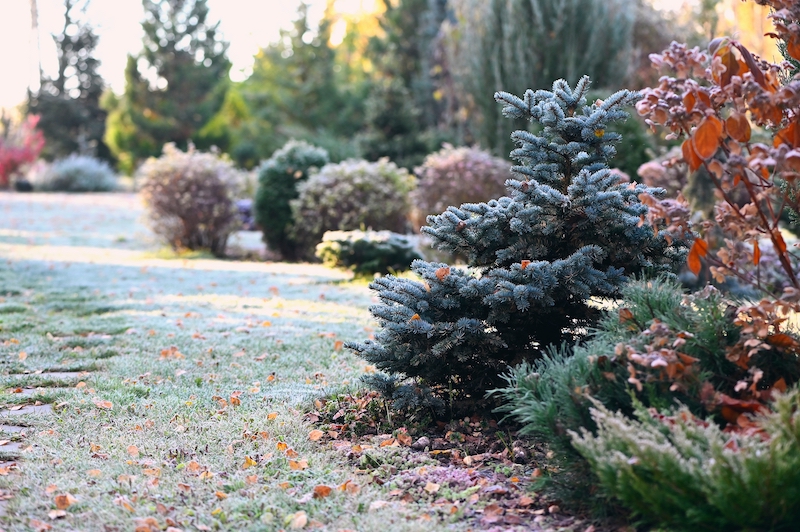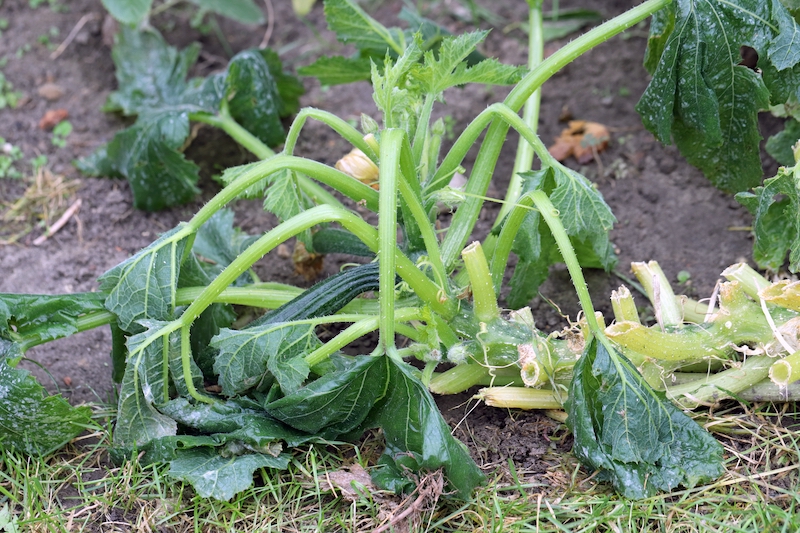Gardening in the Lowcountry: How to Protect Exposed Plants
How to protect or cure plants exposed to overnight frost
Story by Alea Wilkins and Suzanne Barton
Nothing disrupts the holiday season like feeling under the weather. Plants, too, can catch a cold, and when left exposed to the elements, frost settles over gardens like the flu. While frost cloth and other protections help before the temperatures drop, even the most prepared gardeners may find their blooms in need of some TLC. For a remedy as fail-proof as chicken noodle soup, Suzanne Barton, manager of The Green Thumb, says a little love and patience go a long way. Some veggies even enjoy a cold plunge. She also shares advice for any house-party guest looking to share their garden’s bounty this holiday season, ensuring every friend and flower is taken care of.

[LOCAL Life] Can I save plants accidentally left out in the frost? [Suzanne Barton] Our first frost usually hits in December or January, but it’s best to start preparing now so there are no surprises. If your plants do happen to get caught in an overnight frost, they may be salvageable with some care and patience. Move potted plants to a sheltered location, either indoors or near a south- or west-facing wall, that will block the harsh winds and keep the soil a little warmer. If the soil seems dry, water sparingly, but never fertilize. Fertilizing forces the plant to expend its energy on new growth when it should be focusing on healing. Be patient and let the plant cure itself. Sometimes you may need to wait until the spring to assess the extent of the damage. The only caveat here is if the plant turns mushy. This can happen to herbaceous plants (like tropicals or perennials) that have frozen, which causes their cells to burst. If your plant is mushy, clean it up and look for new growth in the spring.
[LL] Are there any plants that benefit from the frost? [SB] Yes, some produce tastes better when exposed to frost. Cabbage, broccoli, carrots and turnips all get a little sweeter in the cold, along with hardy greens like kale, spinach, collard greens and Swiss chard. These veggies are high in starch and, because of an evolved defense mechanism against the frost, their starch converts to sugar when the weather cools. Sugar lowers the freezing point of the water contained in the plant’s cells, so when the temperature drops, the starch converts to sugar to protect the cells from getting too cold and bursting. It’s a win for the produce and for us – lightly sweet veggies make for delicious seasonal meals.

[LOCAL Life] My newly planted canna lilies were very prolific this year. Should I dig some of the bulbs up to share in the fall or the spring? [SB] If you’re trying to give the lilies away as gifts this season, you can dig them up now, but since they were newly planted, I’d recommend waiting until the spring. When you dig late in the growing season, the bulbs won’t have time to establish themselves again before it gets too cold. In the spring you can dig them up when you see new growth. To make sure the bulbs are healthy, check for three to five eyes on the bulbs. This indicates the best chance for vigorous growth and they’ll have plenty of time to establish themselves in the ground before it gets too hot again next summer.
Frostcontrol

Smart seasonal tips from Lowcountry Gardening, a guide written and produced by the Lowcountry Master Gardener Association
When cold temperatures are forecast, protect your plants by watering them well at the roots; moist soil holds more heat than dry soil. For additional protection, cover the plants with fabric or lightweight blankets. Frost cloth works especially well since it resists water in addition to providing thermal protection. If purchased on a roll, you can cut the exact size and shape for your plant. Never use plastic! Make sure the plant cover extends and is secured to the ground to create a small dome of insulation. Cold fronts often come with stiff winds, so tie down covers. Remove the covering when it begins to warm up.
Frost-damaged foliage should be removed from plants, such as farfugium (tractor seat plants), split-leaf philodendron and gingers to discourage fungi and disease. You’ll be surprised how quickly farfugium grows when it warms up. Other established plants should rebound in the spring.
Excerpted from Lowcountry Gardening, written and published by the Lowcountry Master Gardener Association. Grab a copy of this handy guide to all things Lowcountry gardening for $5 at The Greenery, Bruno Landscape & Nursery, The Green Thumb or the Master Gardener booth at the Bluffton and Port Royal farmers markets. For more information, head over to LowcountryMGA.org.









